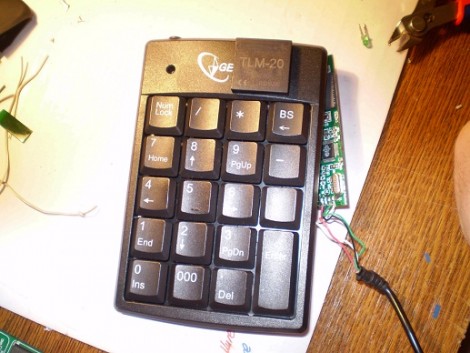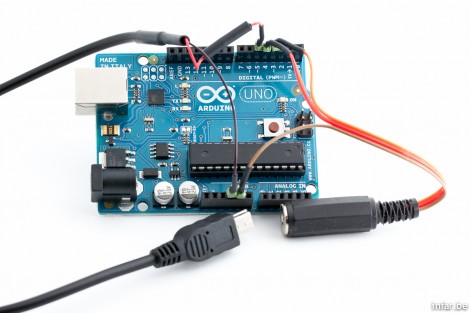
Just one look at that banner image and you’ve got to be thinking “that’s old”! This 1970’s era home made calculator used a 4-function calculator IC that was quite advanced for its time. The only problem is that the chip couldn’t do anything other than calcuations, which left it up to the maker of this dinosaur to get the display and keypad working. Circuit boards were made by drawing on copper clad with resist marker. These controlled the VFD digits for the IC’s output and also fed it the user inputs.
[Thanks Brian]
















